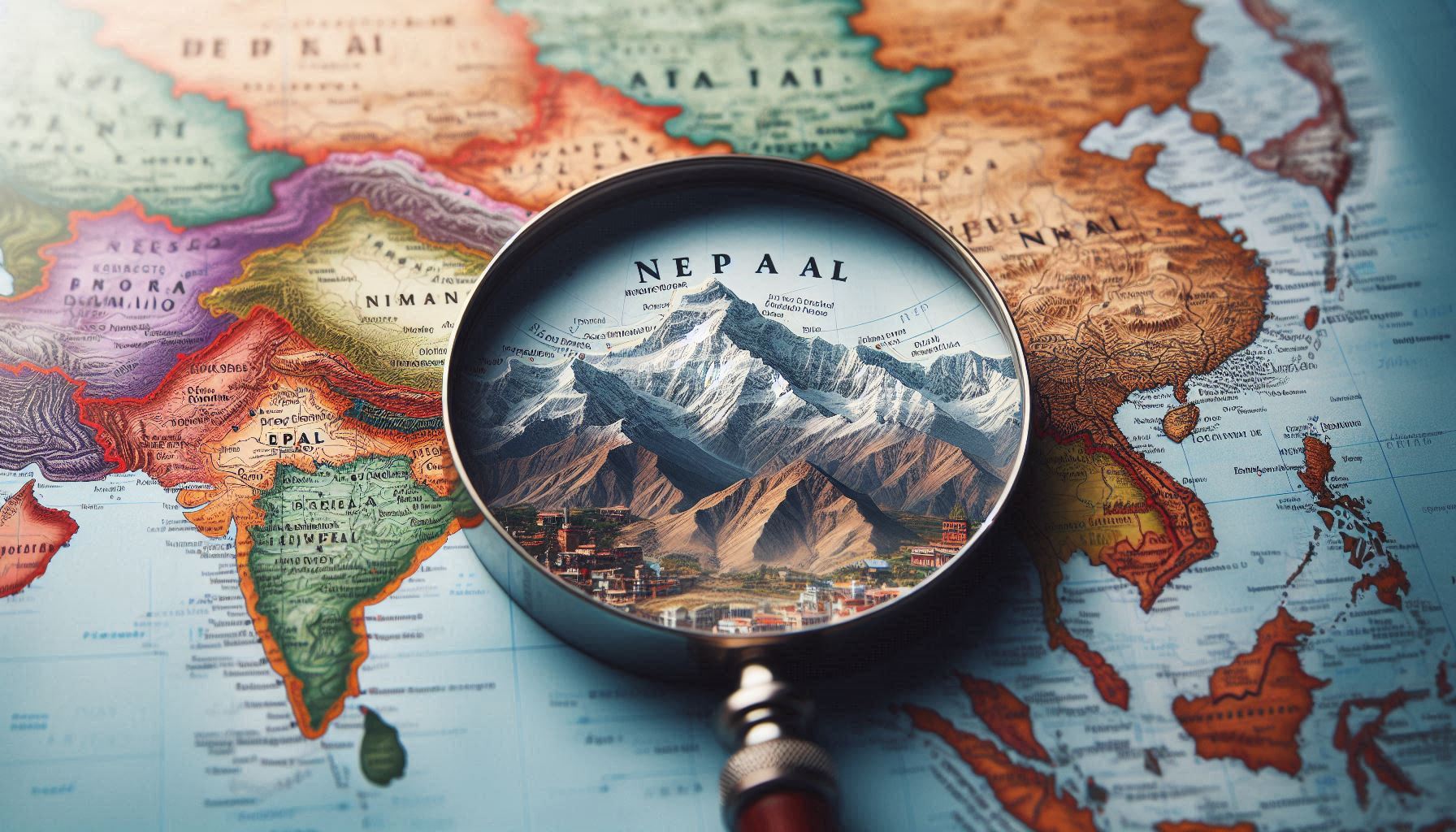Explosive Revelation: Is China's 'Friendship' With Nepal a Mask for Territory Grab?
Salami Slicing Strategy: China's Gradual Encroachment on Nepal's Borders

Friendship or Strategic Deception?
Nepal and China are often heralded as steadfast allies, with China frequently praised for respecting Nepal's sovereignty and territorial integrity. However, recent revelations and historical incidents shed disturbing light on the reality behind this perceived friendship. Has China been systematically encroaching on Nepalese territory under the guise of friendly relations?
The Forgotten History of Nepal-Tibet Relations
Historically, Nepal maintained a vibrant trade relationship with independent Tibet until 1949. Trade flourished, marriages strengthened cultural bonds, and despite occasional disputes, cooperation dominated. However, Tibet's invasion and annexation by China in 1950 abruptly changed the geopolitical landscape. Since then, China has asserted significant control over the previously amicable border areas, reshaping historical narratives to serve its territorial ambitions.
China's Controversial Border Tactics
From 1958 onwards, China adopted what critics describe as a "salami-slicing" strategy, systematically encroaching upon Nepalese territory piece by piece. In 1960, China's claim over Mount Everest shocked Nepal and the international community. Prime Minister B.P. Koirala's refusal to capitulate to Chinese pressure during this period averted domestic outrage but left lasting scars of mistrust.
Even after signing the Nepal-China border agreement that formally established the 1,439.18 km boundary, unilateral Chinese actions persisted. Notably, in 1989, Nepal discovered China had unilaterally constructed boundary marker number 33, a blatant violation of bilateral procedures. Yet, Nepal refrained from confrontation, prioritizing diplomatic peace over territorial integrity.
Violent Encounters and Territorial Aggression
In a little-known but shocking episode from June 1960, Chinese armed forces attacked Nepalese border security personnel, resulting in one death and the kidnapping of 18 personnel. China simultaneously pressed Nepal diplomatically and militarily to redraw the border favorably. Nepal's defiance, though firm, was constrained by diplomatic caution, leaving unresolved tensions beneath the veneer of friendship.
Current Implications and Public Reaction
The resurfacing of these historical episodes has reignited public debate in Nepal. Questions now echo through social media and political circles: Has Nepal sacrificed too much in the name of diplomacy? Activists, opposition leaders, and citizens demand clarity and accountability from the Nepalese government, accusing it of silence and complicity. Institutional responses remain ambiguous, fueling further unrest and uncertainty.
Future Uncertainty and Urgent Concerns
As China continues to enhance its global influence through initiatives like the Belt and Road Initiative (BRI), concerns about sovereignty and territorial integrity grow increasingly urgent in Nepal. Will Nepal's government decisively confront China over these historical encroachments, or will diplomatic caution continue to overshadow national interests? The answers remain elusive, but one truth is clear: beneath the facade of friendship, Nepal-China relations stand at a critical crossroads, laden with unresolved grievances and growing mistrust.




![From Kathmandu to the World: How Excel Students Are Winning Big [Admission Open]](https://www.nepalaaja.com/img/70194/medium/excel-college-info-eng-nep-2342.jpg)
